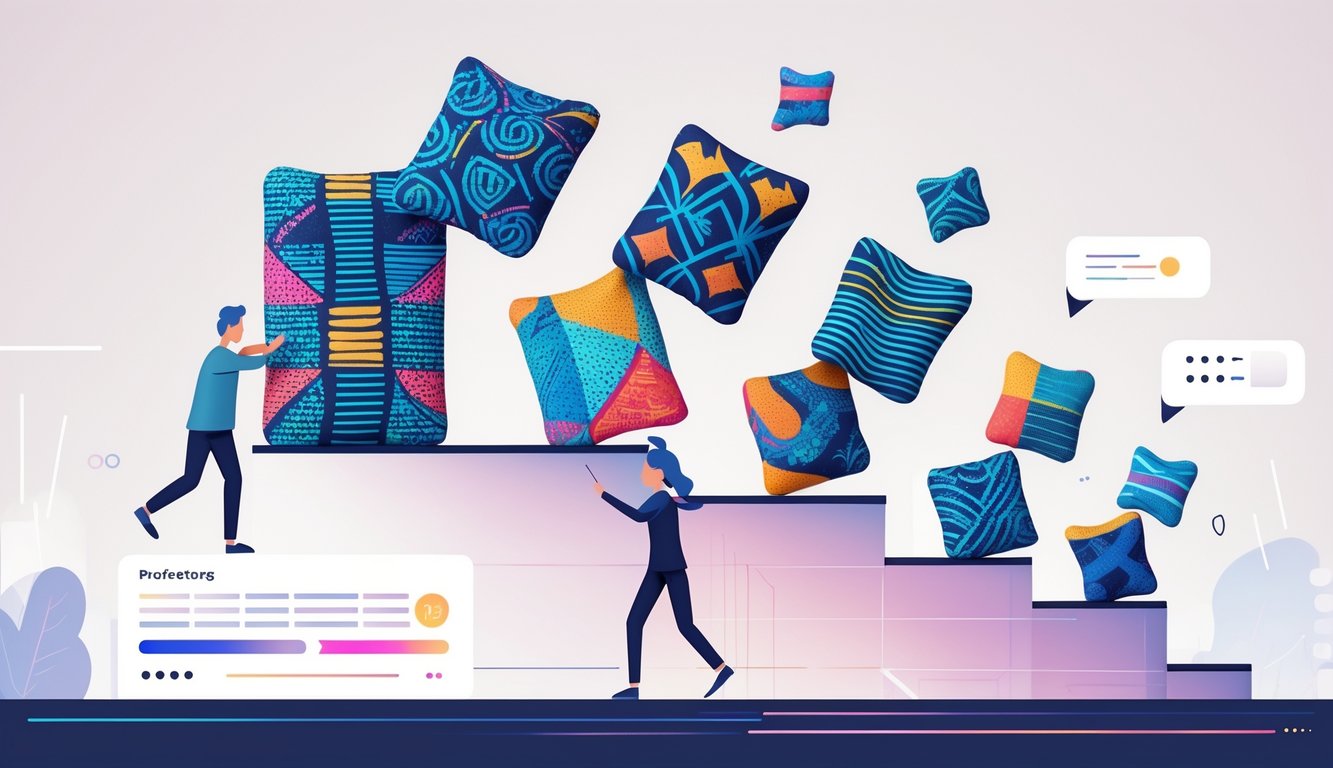
Okay, so, apparently, I blinked and the world decided sleep patterns are a competitive sport now? Last month I was still bragging about my “night owl” status, eating chips at 2 a.m., and now suddenly everyone’s flexing their sleep tracker graphs like they’re designer sneakers. Honestly, sleeper patterns used to seem like one of those weird, niche obsessions—now they’re mainstream, totally upending what I thought counted as a “normal” sleep routine. Neuroscientists? They’re all over this, waving around actigraphy charts and wearable stats like it’s just another Tuesday (it’s not—my smart watch still thinks my arm is a pillow). And this chronotype thing—lion, dolphin, whatever—used to be a BuzzFeed quiz and now it’s “linked to health and mood,” at least according to these studies. Wild.
Look, I’m not buying the “16 official sleep types” thing. My grandma said you’re either asleep or awake, and honestly, that system worked fine for her. But scientists? They’re chasing these micro-differences and swearing it’ll fix my bad moods and my work performance (debatable). The World Economic Forum even claims shift work messes with you worse than jet lag, but nobody’s handing out advice on how to remember laundry after three overnight shifts. Priorities, right?
And if I see another “become a morning person” hack, I’m deleting my apps. Friends who lived for midnight walks now wake up for sunrise yoga because some PhD said it’d boost their mood or GPA. The hype’s everywhere, but where’s the warning when daylight savings nukes your progress? I’ll admit—seeing the data does make me wonder if my weird sleep is just a quirk or if I’m actually part of some new mainstream. Still not convinced.
Understanding Sleeper Patterns and Their Rising Popularity
So, I’m scrolling through these new “top rankings” and suddenly “sleeper patterns” are beating out stuff like basic tees and that overpriced sourdough pan everyone bought during lockdown. Preference curves? They’re chaos now. Sleep isn’t just sleep—half my group chats are about REM stats and who woke up at what weird hour. Is this progress or collective madness?
Defining Sleeper Patterns
Nobody ever warned me my sleep schedule could become a trend. But, here we are. “Sleeper patterns” apparently split us into sixteen types—no way I’m listing them all, but there’s more than early birds and night owls. You’ve got micro-nappers, shift zombies, “insomnia sleepers” (which… how is that a pattern?), and a few that sound like energy drink flavors.
Nobody really changes their type, either. The MIDUS study basically found people stick to their routines for ages, like some sleep version of a bad haircut. Nappers nap, insomniacs… don’t, and all the YouTube hacks in the world don’t really budge the needle. At some point, tracking your REM is more about bragging rights than real improvement, but hey, everyone’s doing it.
Why Sleeper Patterns Are Overtaking Traditional Ranks
Now, suddenly, every barista and gym rat I know is dropping “polyphasic sleep” into conversation like it’s a flex. There’s some weird status in having a complicated sleep routine, and “classic favorites” just don’t cut it if you want to sound like a biohacker. Dr. Cox (yes, that’s his real name, and he’s everywhere) says trends are less about what works and more about feeling special. Can’t say he’s wrong.
Here’s what I scribbled down comparing old favorites to what’s hot now:
| Past Front-Runners | Current Sleeper Patterns |
|---|---|
| 8-hour straight sleep | Segmented sleep cycles |
| Early riser routines | Late-night split shifts |
| Productivity tips | Nap optimization hacks |
Nobody openly admits they want structure, but everyone’s chasing “custom” routines—like sleep is the new designer sneaker drop. Sleep apps, influencers pushing “narrative rest,” blackout curtain ads promising mitochondrial miracles (??)—it’s everywhere. Sleeper patterns are in product blurbs like they’re vitamins.
Linking Sleep Patterns to Everyday Favorites
So I’m on my third cold brew, staring at my phone at 2 p.m., and realizing these sleeper patterns are actually changing what people buy. The WEF says disrupted sleep shifts what snacks you want at 2 a.m. and which pajamas sell out during midnight sales. Anyone else notice flash sales spike after daylight savings? Probably a coincidence, but it’s weirdly consistent.
Nap-heavy folks buy weighted blankets, night shifters want blue-light gadgets, and brands are selling sleep gear like it’s the new athleisure. The real joke? Nobody feels rested, no matter which “winning” pattern is trending this week.
Types of Sleep Patterns: Monophasic, Biphasic, and Polyphasic
Let’s be honest, sleep research changes its mind every year. One cycle fits all? Naps ruin you? More naps make you superhuman? None of it lines up, not even after I tracked my sleep for months, banned caffeine (that lasted two days), and tried every wearable under the sun.
Monophasic Sleep Pattern Insights
Getting 7-8 hours in one shot used to feel like the grown-up gold standard. Supposedly, monophasic sleep is how society “should” run. Dr. Michael Breus says to skip naps if you’re on this schedule, but let’s be real—everyone still hits an afternoon wall. I tried all the tricks: melatonin, blackout curtains, blue light glasses. Still woke up mad at my ceiling fan.
Monophasic supposedly fits “modern life”—school runs, office hours, all that. But when I ditched it, my productivity tanked, and my sleep quality? Meh. The “right” time to rest is just what’s convenient for business, not biology. I tried to switch, but apparently, my brain didn’t get the memo.
Biphasic Sleep Pattern Evolution
Splitting sleep into two big chunks—like an afternoon nap and a late-night session—sounds cool in theory, but suddenly everyone’s an expert. Biphasic sleep is supposedly “historical,” like some Mediterranean ancestor invented it. So, you nap for an hour, then get a weird energy burst and try to act normal at dinner.
Some clinics recommend it for insomniacs or new parents, saying two sleeps help memory and mood. There’s actual data, but only if you stick to a schedule. Half my friends swear by siestas; the other half can’t nap to save their lives. I tried—my smartwatch gave me a “lowest readiness ever” badge. Not helpful.
Miss your nap? The whole thing collapses. Commuting? Forget it. Researchers love it, but nobody’s building a workday around it, so what’s the point?
Polyphasic Sleep Pattern Trends
Polyphasic sleep? Just chaos. It’s basically sleeping in tiny bursts all day, thinking you’ll unlock some superpower. The polyphasic pattern is all over Reddit: three hours at night, two micro-naps, and a pair of earplugs that never stay in.
The “Uberman” schedule promises more hours awake, but… mammals do this, supposedly—85% of them—but I guess I’m not built for it. My dentist noticed the eye bags before I did.
Did my REM improve? Maybe, but I was still exhausted when it mattered. Experts warn this can wreck your memory and immune system unless you’re a robot. I tried keeping a spreadsheet, but naps turned into doomscrolling or just blank stares at the wall. Astronauts and athletes supposedly try it, but nobody says what it’s like at 3 a.m. when you’re alone, tired, and regretting everything.



